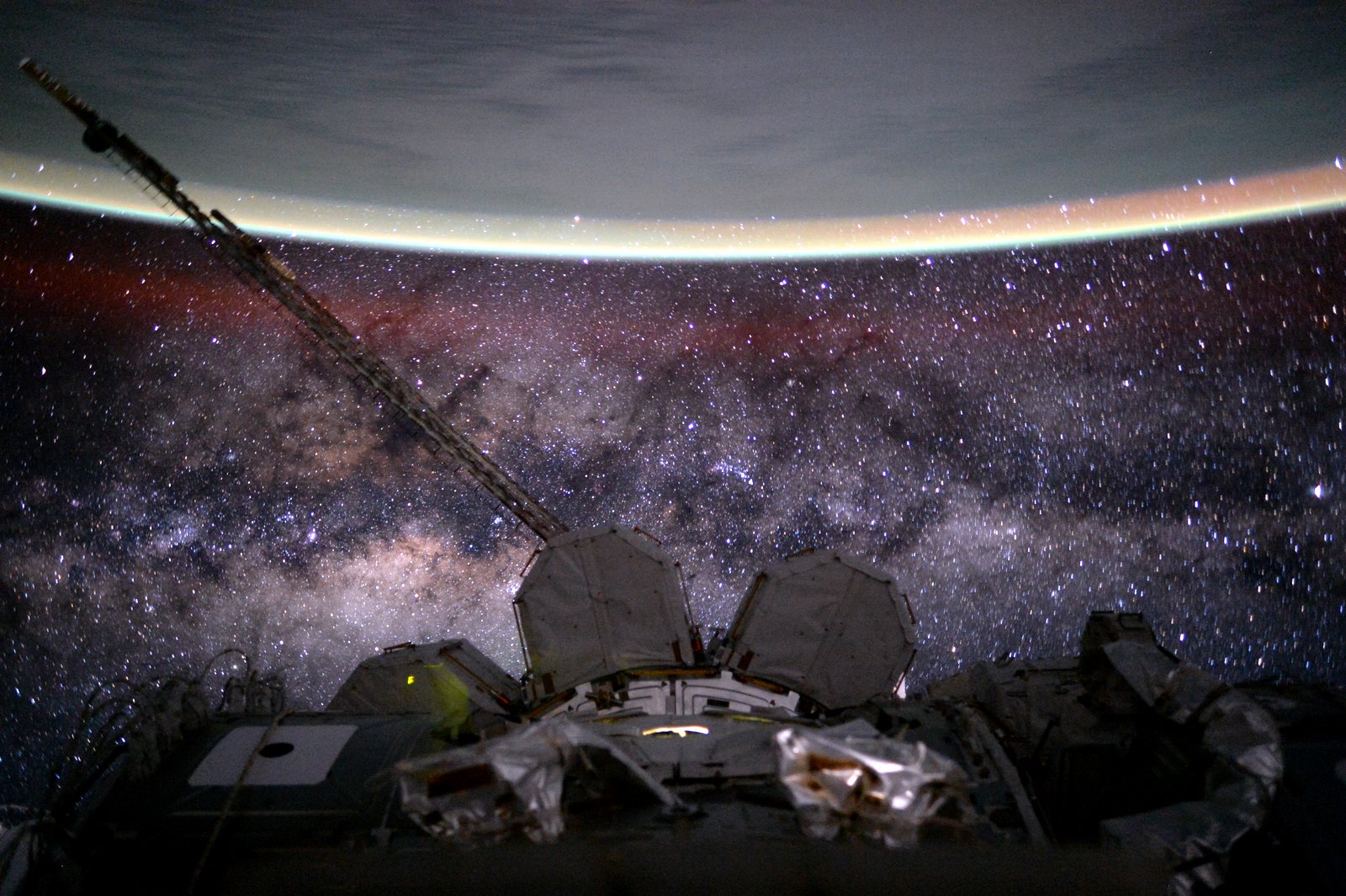Ionosphere Graphics
Stretching from roughly 50 to 400 miles above Earth’s surface, the ionosphere is an electrified layer of the upper atmosphere, generated by extreme ultraviolet radiation from the Sun. It’s neither fully Earth nor space, and instead, reacts to both terrestrial weather below and solar energy streaming in from above, forming a complex space weather system of its own.
The particles of the ionosphere carry electrical charge that can disrupt communications signals, cause satellites in low-Earth orbit to become electrically charged, and, in extreme cases, cause power outages on the ground. Positioned on the edge of space and intermingled with the neutral atmosphere, the ionosphere’s response to conditions on Earth and in space is difficult to pin down.

Stretching from roughly 50 to 400 miles above the surface, this region, called the ionosphere, is an electrified layer of the upper atmosphere, generated by extreme ultraviolet radiation from the Sun. Understanding the ionosphere’s extreme variability is tricky because it requires detangling interactions between the different factors at play — interactions of which we don’t have a clear picture. That’s where airglow comes in. Airglow occurs when atoms and molecules in the upper atmosphere, excited by sunlight, emit light in order to shed their excess energy. The phenomenon is similar to auroras, but where auroras are driven by high-energy particles originating from the solar wind, airglow is sparked by day-to-day solar radiation.
Airglow carries information on the upper atmosphere’s temperature, density, and composition, but it also helps us trace how particles move through the region itself. Vast, high-altitude winds sweep through the ionosphere, pushing its contents around the globe — and airglow’s subtle dance follows their lead, highlighting global patterns.
Credit: NASA's Goddard Space Flight Center/Mary Pat Hrybyk-Keith

Sunlight breaks atmospheric molecules apart, knocking off electrons and leaving behind a sea of charged electrons and ions. This population of electrically charged particles is the ionosphere, and it exists in the same space as the neutral upper atmosphere.
Credit: NASA's Goddard Space Flight Center/Mary Pat Hrybyk-Keith

The concentration of charged particles in the ionosphere waxes and wanes with the Sun. The ionosphere is dense during the day. When the Sun sets, ionization ceases, and charged particles recombine gradually through the night, so density drops.
The ionosphere is roughly divided into three altitude regions based on what wavelength of solar radiation they absorb: the D, E and F regions, with D being the lowermost region and F, the uppermost.
Credit: NASA's Goddard Space Flight Center/Mary Pat Hrybyk-Keith

ICON and GOLD team up to explore Earth’s interface to space — a little-understood area that’s close to home but historically hard to observe.
Credit: NASA's Goddard Space Flight Center/Mary Pat Hrybyk-Keith

Earth's atmospheric layers further shield the planet and airborne and spaceborne assets from harmful solar particles and radiation.
Credit: NASA's Goddard Space Flight Center/Mary Pat Hrybyk-Keith

Earth's atmospheric layers further shield the planet and airborne and spaceborne assets from harmful solar particles and radiation.
Credit: NASA's Goddard Space Flight Center/Mary Pat Hrybyk-Keith

This model is an indication of the complexity of the ionosphere-thermosphere-mesosphere (ITM) system of planet Earth and the range of physical processes operating.
Credit: NASA's Goddard Space Flight Center/Mary Pat Hrybyk-Keith
Credits
Please give credit for this item to:
NASA's Goddard Space Flight Center
-
Graphic designer
- Mary P. Hrybyk-Keith (TRAX International)
Release date
This page was originally published on Thursday, May 31, 2018.
This page was last updated on Wednesday, May 3, 2023 at 1:46 PM EDT.

![Music: "Nature Daydream" by Laurent Dury [SACEM], "Grape Picking" by Laurent Dury [SACEM] from Killer TracksComplete transcript available.Watch this video on the NASA Goddard YouTube channel.](/vis/a010000/a012900/a012902/12902_Airglow_VX-919658_large.00320_print.jpg)